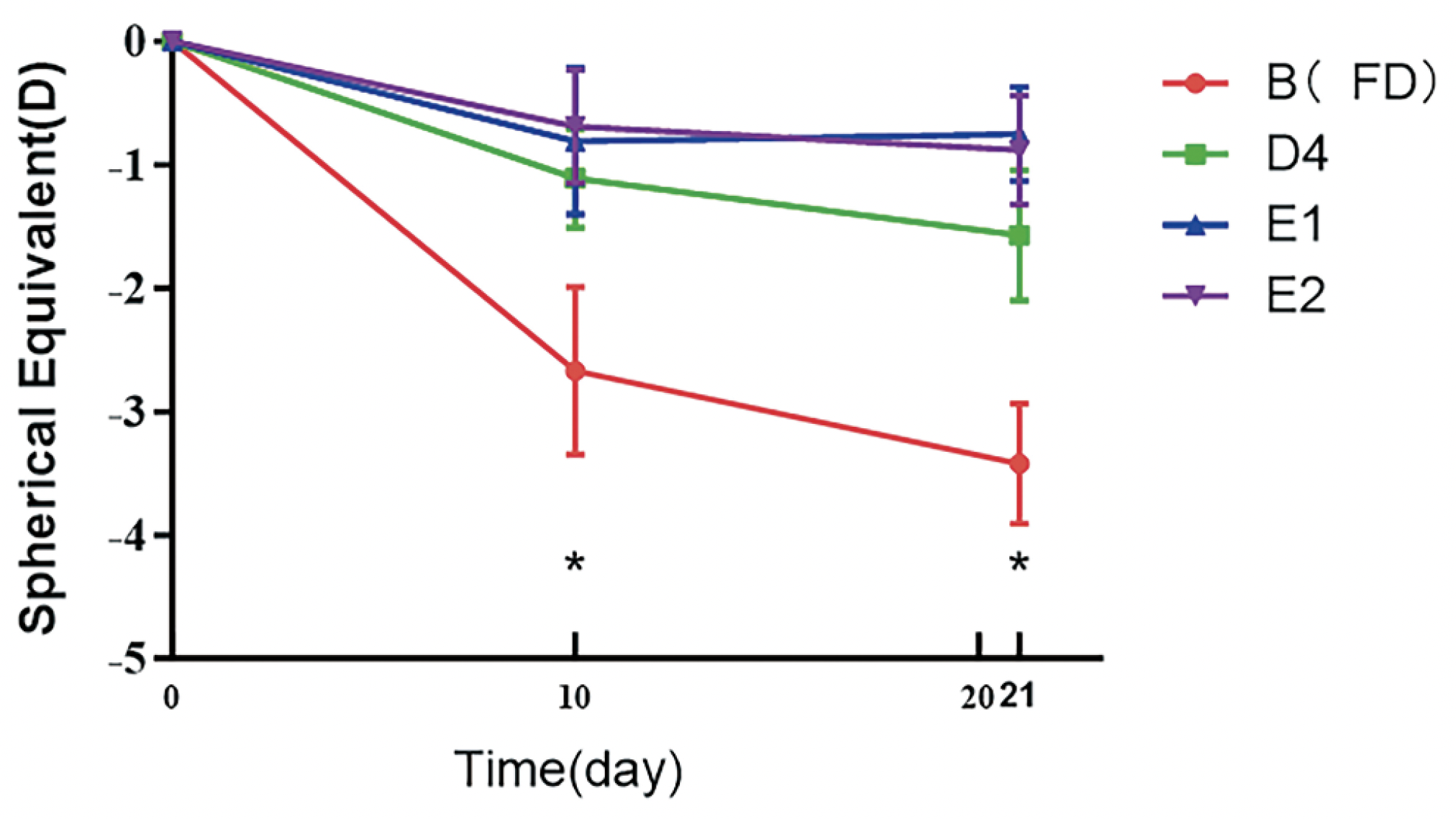With myopia becoming increasingly more prevalent over the years, researchers are looking at various ways to mitigate early progression. Although atropine is the only pharmaceutical currently used for such a purpose, its mechanism of action in myopia mitigation is still poorly understood. Researchers have considered the idea of using brimonidine to slow myopia due to its intraocular pressure (IOP)-lowering effects; however, as with atropine, myopia and its relationship with IOP are not well understood.
A recent study explored the efficacy of brimonidine in countering the effects of form-deprivation myopia (FDM) and the relationship between IOP and myopia development in male guinea pigs. Monocular FDM was induced in three-week old guinea pigs, who were then dosed with brimonidine using three different methods: eye drops, subconjunctival injections and intravitreal injections. Four different concentrations were used for each method: 2µg/µL, 4µg/µL, 20µg/µL and 40µg/µL. The treatments continued for 21 days.
Upon completion, the study researchers saw that subconjunctival brimonidine treatment at 40µg/µL and intravitreal treatment at 2µg/µL and 4µg/µL inhibited FDM development. As well, myopic refraction, excessive axial length and IOP elevation were all decreased. The eye drop method of brimonidine was ineffective, though.
 |
| Change in SE refractive error over the course of three weeks. This study found brimonidine inhibited excessive myopic shift in refraction only at some doses and only when administered intravitreally or subconjunctivally. It had no inhibitory effect when administered in eye drops at any dose tested. Click image to enlarge. blue (E1) = 2.0µg/µL intravitreal; purple (E2) = 4.0µg/µL intravitreal; green (D4) = 40µg/µL subconjunctival; red (B) = baseline. |
In their discussion in the paper published on the results, the authors point out that their finding of 4µg/µL intravitreally injected brimonidine being effective in slowing FDM in guinea pigs is consistent with previous literature. However, one of those previous reports also found that eye drops also inhibited myopia, which was not the case in this study. This is most likely due to different ways in which myopia can be induced, as some research findings suggest different mechanisms for FDM vs. lens-induced myopia.
As well, off-target binding of high-concentration drugs may be responsible for the fact that subconjunctival 40µg/µL injection and 2µg/µL intravitreal injection were effective in myopia development suppression but higher concentrations of intravitreal were not. The authors speculate brimonidine may mimic other ligands in its unspecific binding to a single kind of ⍺2-adrenoceptor, instead becoming active at other receptors at higher concentrations.
While the correlation between IOP and myopia has been controversial, one early human study did find that myopia was strongly correlated with IOP even after excluding for factors of amblyopia, strabismus, prematurity, age and family history of myopia. Multiple other reports found IOP to be higher in highly myopic groups over control groups and was also correlated with axial length.
The authors acknowledge that while it remains unclear whether there is a causal relationship between IOP and AL, there are two main possibilities that might contribute to their link: “It has been suggested that lowering IOP inhibits the activation of scleral fibroblasts, thereby reducing scleral remodeling, and that a decrease in scleral dilation force retards the balloon-like expansion of the scleral coat. It has also been suggested that lowering IOP leads to increased choroidal blood perfusion, which reduces scleral hypoxia and is accompanied by decreases in scleral remodeling.”
Peng Z, Xiang A, He H, et al. Brimonidine as a possible treatment for myopia. BMC Ophthalmol. April 11, 2024. [Epub ahead of print]. |


